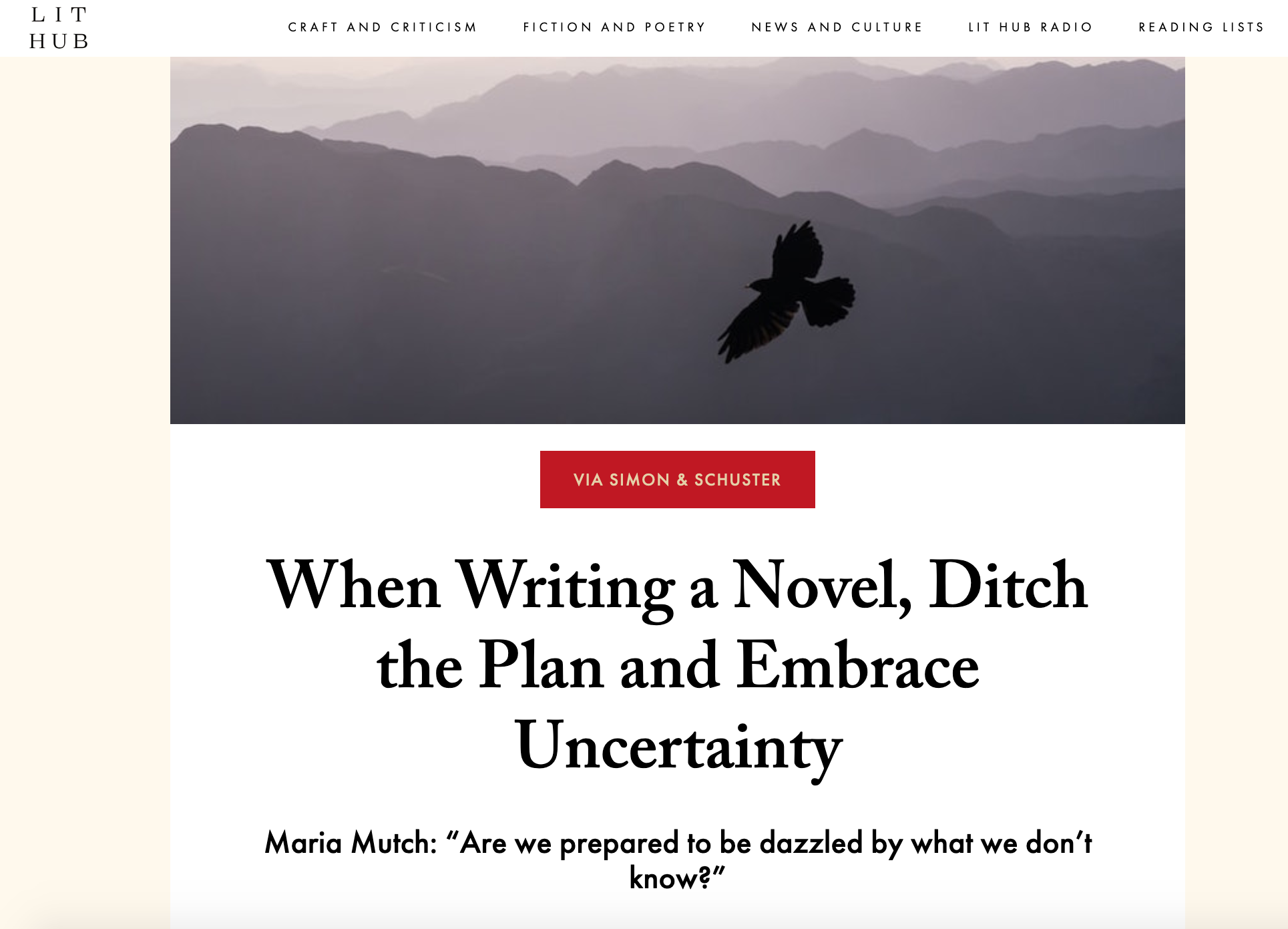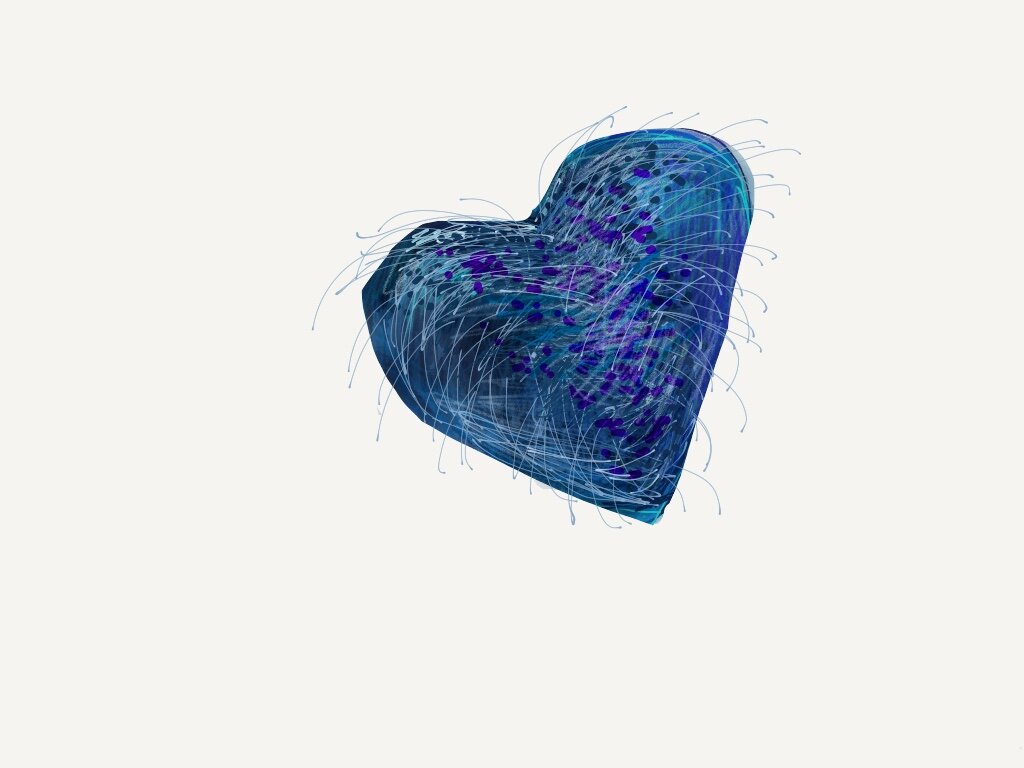I ordered this Buddha months ago and didn’t imagine that it would make its arrival during a time when its box would have to sit in quarantine for a few days or that its presence would resonate so much.
I have an abiding interest in anxiety. I used to have anxiety disorder, and OCD as well, which began in early childhood (is there anxiety that doesn’t begin there, in some way?). I use the past tense not because I’m entirely convinced of it but because it doesn’t feel right if I use the present. I do still experience anxiety, mildly, but then more acutely, especially as of late, but it’s so radically different and mostly ephemeral that I consider the disorder part to be in the past (years of lifestyle and diet changes, plus heaps of meditation have been more effective than I can say). Regardless, I have a deep interest in the thinking mind, which is so often, for so many people, the anxious mind.
And this time, the one of COVID, is excellent for the study of anxiety; because wow. Every emotion, actually, seems heightened to the point of the surreal.
I can attest that each day here is a ferocious mix of being alive, gratitude, fear, sadness, anger, peacefulness, all of it on rotation. I saw the Instagram post of a friend who has a history of addiction and she talked about the full gamut of emotion, including swearing, picking fights with her partner, fear and anger, but also joyfulness and everything in between, how some of the feelings are reminiscent of the rawness of being newly sober.
Maybe a positive effect of this virus is that some of us are confronting, and possibly integrating, their shadow and the shadow side of our existence, what it is to be human. This seems to me sorely needed. As much as meditation has been so vital to me, and my teachers and fellow practitioners a lifeline, there is something about meditation communities as a whole (and this runs the spectrum from Buddhism to yoga to secular mindfulness practices) that gets in my craw a little, which is a misunderstanding of how we’re supposed to treat the stuff of our emotional lives. By “stuff” I just mean all the phenomena, whatever we experience, the full range. I notice sometimes an ingrained habit of rejecting and repressing what is negative, a denial especially of anger, but also anxiety, even as the teaching at the core of many Eastern philosophies is one of acceptance and integration. This is at work inside of Jungian theory, too, the need to acknowledge shadow content, the full “seeing” of both our light and dark selves (and by extension the light and dark sides of how we perceive the exterior world). But what I notice in meditators sometimes, and the western Buddhist community (and this is unavoidable, really, because everything contains its opposite), is a smoothing over of legitimate wrinkles and maybe even a vague competition to see who appears the most “together” and calm—the least wrinkled. No one wants to slip up and reveal the colourful, fiery array of experience underneath.
Perhaps a function of this virus (not that I’m claiming to know), now that we are all saturated in anxieties, whether they belong to us or to other people, is that it has become universally more difficult to ignore what is prickling or dark or molten. I wonder if there’s a prior belief at work that to acknowledge difficulty is to lack gratitude, but real gratitude includes all aspects. It’s perfectly okay to be in this situation and not feel joy. A fake smile doesn’t seem helpful to me. Maybe a better state to cultivate is something like peacefulness, though not at the expense of allowing the full emotional range, including all the feelings we find untenable, and chief among these are anger and fear. We have to acknowledge that these states exist in the first place, in order to let them go.
Oh, shame, too. This can seem to be a lot of work: untangling (which is really just witnessing) all those shame threads and allowing them to dissolve away. Many of us grew up in families and cultures steeped in shame; and we were taught to be deeply ashamed of well-earned anger and rage, as well as that background murmur of nameless anxiety that is the soundtrack in many human minds.
When I was ten years old I was placed in a hospital, in an oxygen tent, for three days, because I was having an anxiety attack. In rural Nova Scotia, at the the end of the seventies, there wasn’t much of an awareness of childhood anxiety disorder—anxiety was the very last conclusion the doctors came to. I wasn’t given any sort of treatment, just released from the hospital with the words to my mother, “Something scared her.” The only available response to that seemed to be distraction, and so I was taught to neglect unlikable feelings, hiding the anxiety away from myself rather than investigate it. Question it. I recall being asked what had scared me, but, of course, I couldn’t articulate what was going on. Anxiety is a nebulous territory, lacking edges and borders and sometimes even a name. It can be hard to see. Its root is often a field of experiences and impressions, not always a single event. Even a single traumatic event would fall against an already existing background of mental formations. So I couldn’t say what was going on, especially because I was only ten—how to account for that wordless, unshakable fear, the one that stole my breath and caused me to think unequivocally that I wasn’t getting enough oxygen? There is nothing more primal than that.
For people with anxiety, COVID is an especially potent enemy (though it’s not really an enemy, of course, just another life form doing its thing; maybe we should call it a teacher), because it’s not only invisible but can cause difficulty with breathing. The virus moves so stealthily and quickly that it has covered an entire globe. It travels by air literally—drifting on currents and boarding planes to cross oceans and jump security checkpoints. Its network has the vastly intricate pattern of our own blood vessels and neural pathways. We recognize it even if we can’t see it, we know its gregariousness and naked desire to spread. It appears to have our own predilection to be unsatisfied.
The thing about the emotional low points that many of us have been experiencing, or at least glimpsing, is that those of us who are sequestered with partners, children, relatives, roommates, etc. are having the experience of those emotions in front of other people. We are replete with witnesses; overrun with them, in fact. Which can feel rather raw, and further complicates the aspects of shame already present. Even asking for a figurative time-out reveals the need for it.
I attended sangha via Zoom the other night and it was amazing how well it worked. Meditating this way, seeing everyone in their own habitat, was incredibly effective and even joyful. But during the night, as with so many people right now, my dreams were vivid, difficult and seemed endless. When the sun rose and I finally got up, I felt better, and it strikes me that the relaxation of the night before served as a portal to an anxiety that needed to be witnessed. Pulled into the light. I clearly identified too much with the story of it, though, and wrestled, but eventually I was able to relinquish it and the need to control everything.
This is the background for so many of us: the need to arrange external events so they look more like something we would prefer or at least recognize. The practice then is one of letting go, over and over and over, each time the anxiety (and the shame about the anxiety) comes up. It occurs to me, also, that perhaps I was repressing the anxiety during the previous day because I wanted, frankly, to be alone with it.
Which brings me to something that has been tremendously helpful. I don’t know about you but I have rarely journaled so much in my life; I haven’t always ascribed to the use of journals—I’ve kept them on and off since age ten, but I’ve always had notebooks where I’ve used a looser format of drawings, diagrams, scribblings, notations, especially about books I’m writing. COVID-time, however, has given me a renewed sense of the usefulness of detailed journaling and, to sort of paraphrase Julia Cameron, signal one’s location to the universe.









